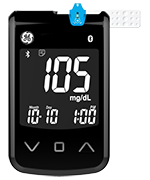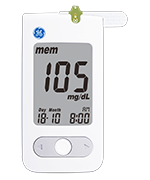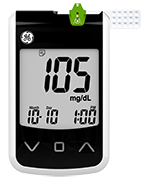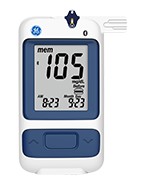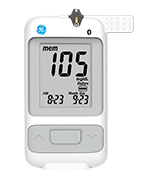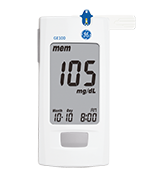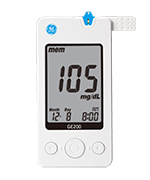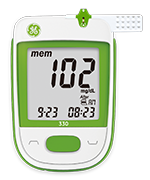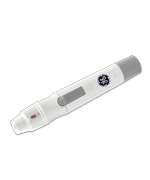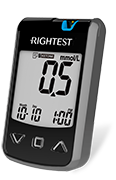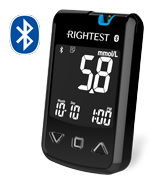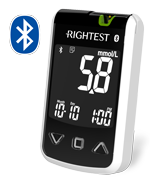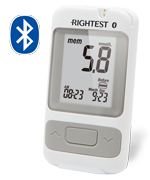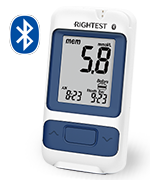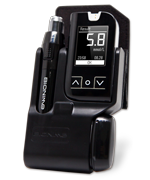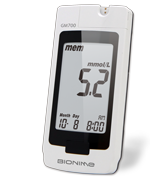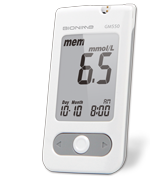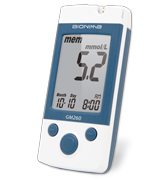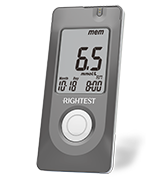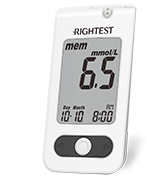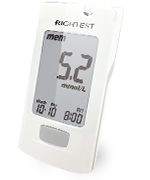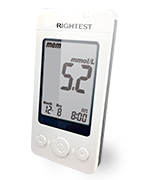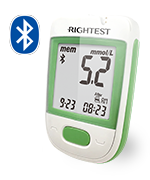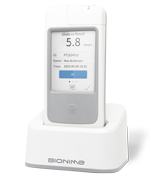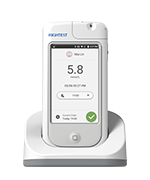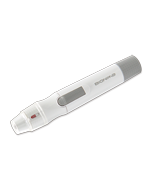Diabetic ketoacidosis (DKA)
Diabetic ketoacidosis (DKA)
While Diabetic Ketoacidosis often occurs in people with type 1 diabetes, it can happen in any type of diabetes. Ketoacidosis is a highly dangerous acute complication which can lead to coma and even death. Ketoacidosis mainly results from insulin insufficiency, when the human body cannot use glucose to obtain energy. As a result, the body dissolves fat for energy. The ketone bodies produced during this metabolic process build up. Excessive amounts of ketones eventually increase the acidity of the blood and results in ketoemia.
Symptoms of ketoacidosis include:
- Thirst
- Frequent urination
- High blood sugar
- Ketones in the urine
- Nausea
- Vomiting
- Abdominal pain
- Breath with a fruity odour
- Deep, rapid breathing (Kussmaul respiration)
Possible causes of ketoacidosis include:
- Incorrect usage of insulin medication
- Infection
- Illness
- Intense stress
When the body suffers from infection, illness or intensive stress accompanied by high blood sugar (≥ 240mg/dL or 13.3mmol/L), blood sugar and ketone urine levels should be closely monitored. If ketones are found in the urine, seek medical treatment immediately.
With good control and regular monitoring of blood sugar, along with adequate pressure relief measures, diabetic ketoacidosis can be prevented.

Source | American Diabetes Association


